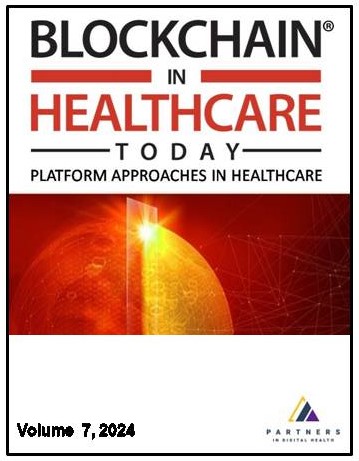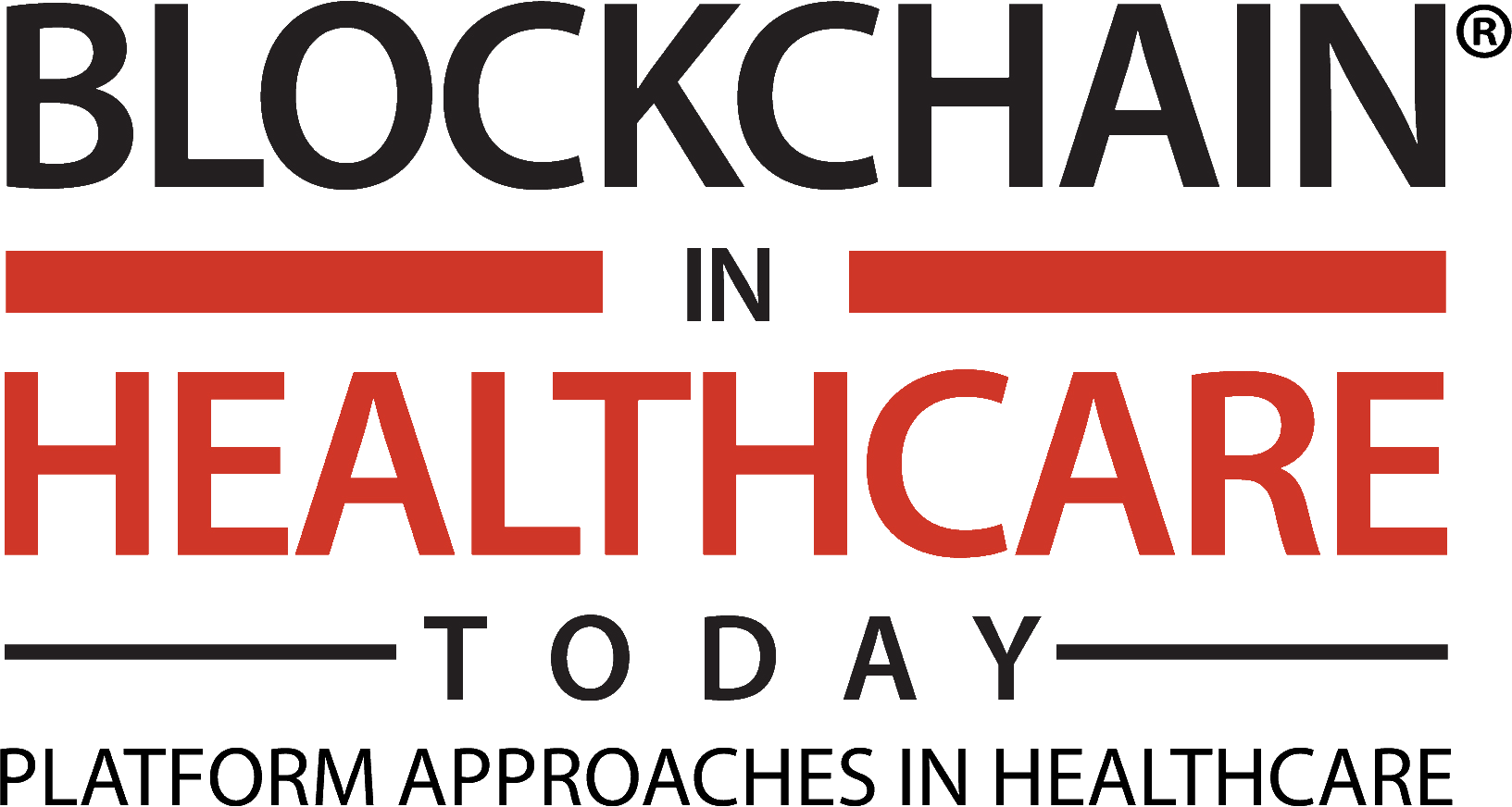
Additional files
More articles from Volume 3, Issue 1, 2020
OpenPharma Blockchain on FHIR: An Interoperable Solution for Read-Only Health Records Exchange through Blockchain and Biometrics
Critical Care Equipment Management Reimagined in an Emergency
Trust-by-Design: Evaluating Issues and Perceptions within Clinical Passporting
Harnessing the Power of Blockchains and Machine Learning to End the COVID-19 Pandemic
Blockchain, Interoperability, and Self-Sovereign Identity: Trust Me, It’s My Data
Article views
The Last Mile: DSCSA Solution Through Blockchain Technology: Drug Tracking, Tracing, and Verification at the Last Mile of the Pharmaceutical Supply Chain with BRUINchain
Abstract
Purpose: As part of the FDA’s DSCSA Pilot Project Program, UCLA and its solution partner, LedgerDomain (collectively referred to as the team hereafter), focused on building a complete, working blockchain-based system, BRUINchain, which would meet all the key objectives of the Drug Supply Chain Security Act (DSCSA) for a dispenser operating solely on commercial off-the-shelf (COTS) technology. Methods: The BRUINchain system requirements include scanning the drug package for a correctly formatted 2D barcode, flagging expired product, verifying the product with the manufacturer, and quarantining suspect and illegitimate products at the last mile: pharmacist to patient, the most complex area of the drug supply chain. The authors demonstrate a successful implementation where product-tracing notifications are sent automatically to key stakeholders, resulting in enhanced timeliness and reduction in paperwork burden. At the core of this effort was a blockchain-based solution to track and trace changes in custody of drug. As an immutable, time-stamped, near-real-time (50-millisecond latency), auditable record of transactions, BRUINchain makes it possible for supply chain communities to arrive at a single version of the truth. BRUINchain was tested with real data on real caregivers administering life-saving medications to real patients at one of the busiest pharmacies in the United States. Results: In addition to communicating with the manufacturer directly for verification, BRUINchain also initiated suspect product notifications. During the study, a 100% success rate was observed across scanning, expiration detection, and counterfeit detection; and paperwork reduction from approximately 1 hour to less than a minute. The authors demonstrate a successful implementation where product-tracing notifications are sent automatically to key stakeholders, resulting in enhanced timeliness and reduction in paperwork burden. At the core of this effort was a blockchain-based solution to track and trace changes in custody of drug. As an immutable, time-stamped, near-real-time (50-millisecond latency), auditable record of transactions, BRUINchain makes it possible for supply chain communities to arrive at a single version of the truth. BRUINchain was tested with real data on real caregivers administering life-saving medications to real patients at one of the busiest pharmacies in the United States. Conclusions: By automatically interrogating the manufacturer’s relational database with our blockchain-based system, our results indicate a projected DSCSA compliance cost of 17 cents per unit, and potentially much more depending on regulatory interpretation and speed of verification. We project that this cost could be reduced with manufacturers’ adoption of a highly performant, fully automated end-to-end system based on digital ledger technology (DLT). In an examination of the interoperability of such a system, we elaborate on its capacity to enable verification in real time without a human in the loop, the key feature driving lower compliance cost. With 4.2 billion prescriptions being dispensed each year in the United States, DLT would not only reduce the projected per-unit cost to 13 cents per unit (saving $183 million in annual labor costs), but also serve as a major bulwark against bad or fraudulent transactions, reduce the need for safety stock, and enhance the detection and removal of potentially dangerous drugs from the drug supply chain to protect U.S. consumers.
Keywords
References
Citation
Copyright
This is an open access article distributed under the Creative Commons Attribution License which permits unrestricted use, distribution, and reproduction in any medium, provided the original work is properly cited.
Article metrics
The statements, opinions and data contained in the journal are solely those of the individual authors and contributors and not of the publisher and the editor(s). We stay neutral with regard to jurisdictional claims in published maps and institutional affiliations.

